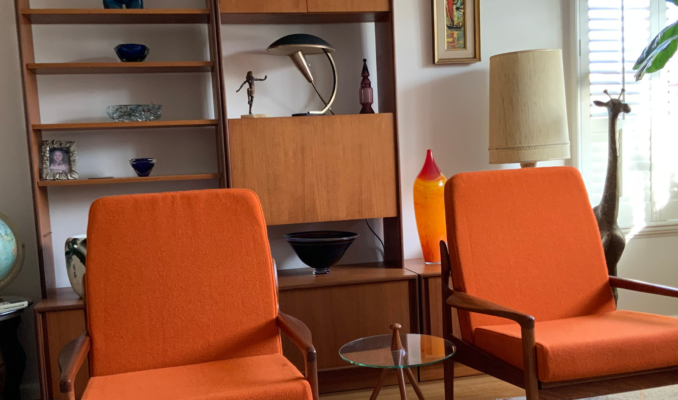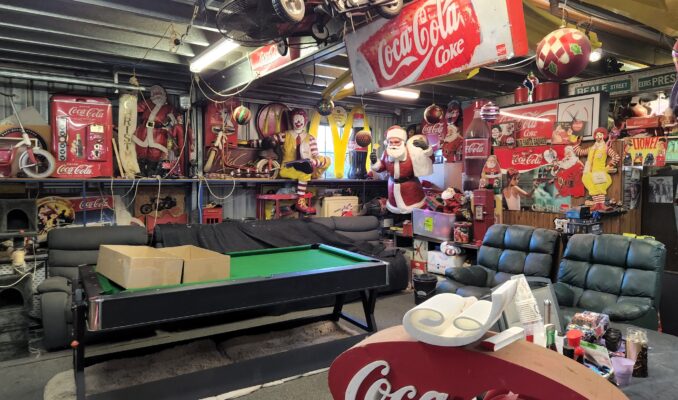Once every so often we have the pleasure of auctioning a collection of items that has literally taken decades to acquire. The Tribal & Indigenous art auction on Wednesday 12 June 2024 pulled together pieces from 3 separate clients. The Tribal artefacts in this collection were from a gentleman who started travelling in the 1970s due to working in the travel and airline industry. Later he became involved in international humanitarian work where destinations were often remote, war-torn or distressed places.
His collection started in an effort to save some of the cultural artefacts of these locations. He saw so much being lost. Most African / Tribal artefacts are built out of organic material as they are meant to return to the soil, so without careful handling and preservation, these items disappear, along with the stories that go with them.
Our collector spent a lot of time in Nigeria and Sierra Leone and other states that were affected by Ebola. He recalls that when he went there in early 2000 during the civil war, everything was being ruined due to the conflict. Market Traders were still trading their wares to many of the ex-pats in the region but were quite humbled when people asked how things were made, or how items were carved rather than just buying ‘souveniers’. It was this interest in the history and background that kick started a 40-year journey of collecting: effectively in a bid to save items from ruin and ensure these items would continue to tell the stories from these regions.
Some of the stories our collector told were astounding and relate to travels through The Congo, Tonga, Daramasala, Niarobi, Nigeria, Ivory Coast, Cameroon – the list goes on. One story told relates to a number of the ‘Benin’ and Yoruba copper alloy pieces collected in the 1950s by an eminent Mombasa based shipping family (see number 1 below).
Religious iconography has always interested him – with many of the items in this collection relating back to religious imagery. We asked him to provide us with some more details on some of the Tribal Artefacts that interested our team:
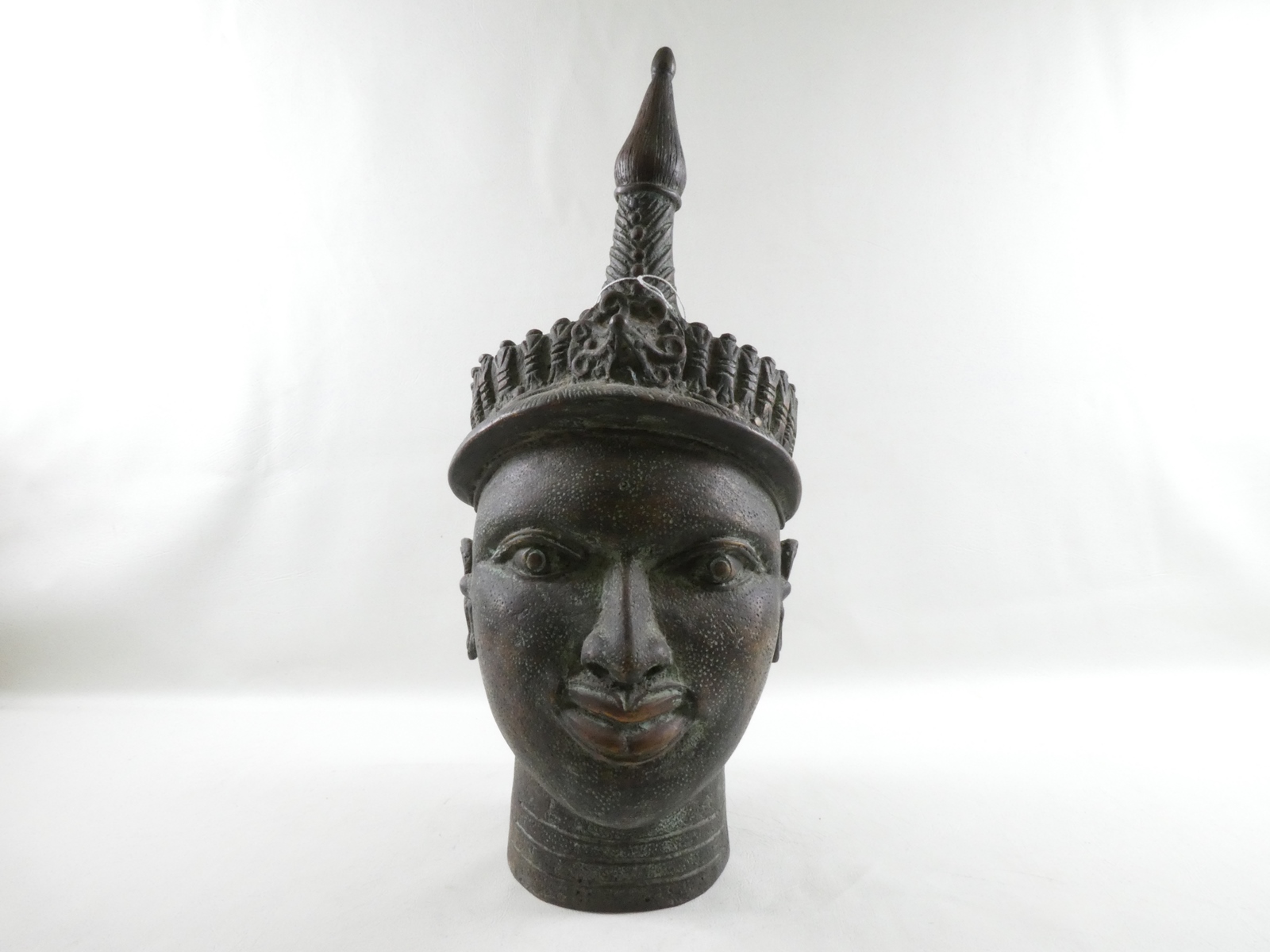

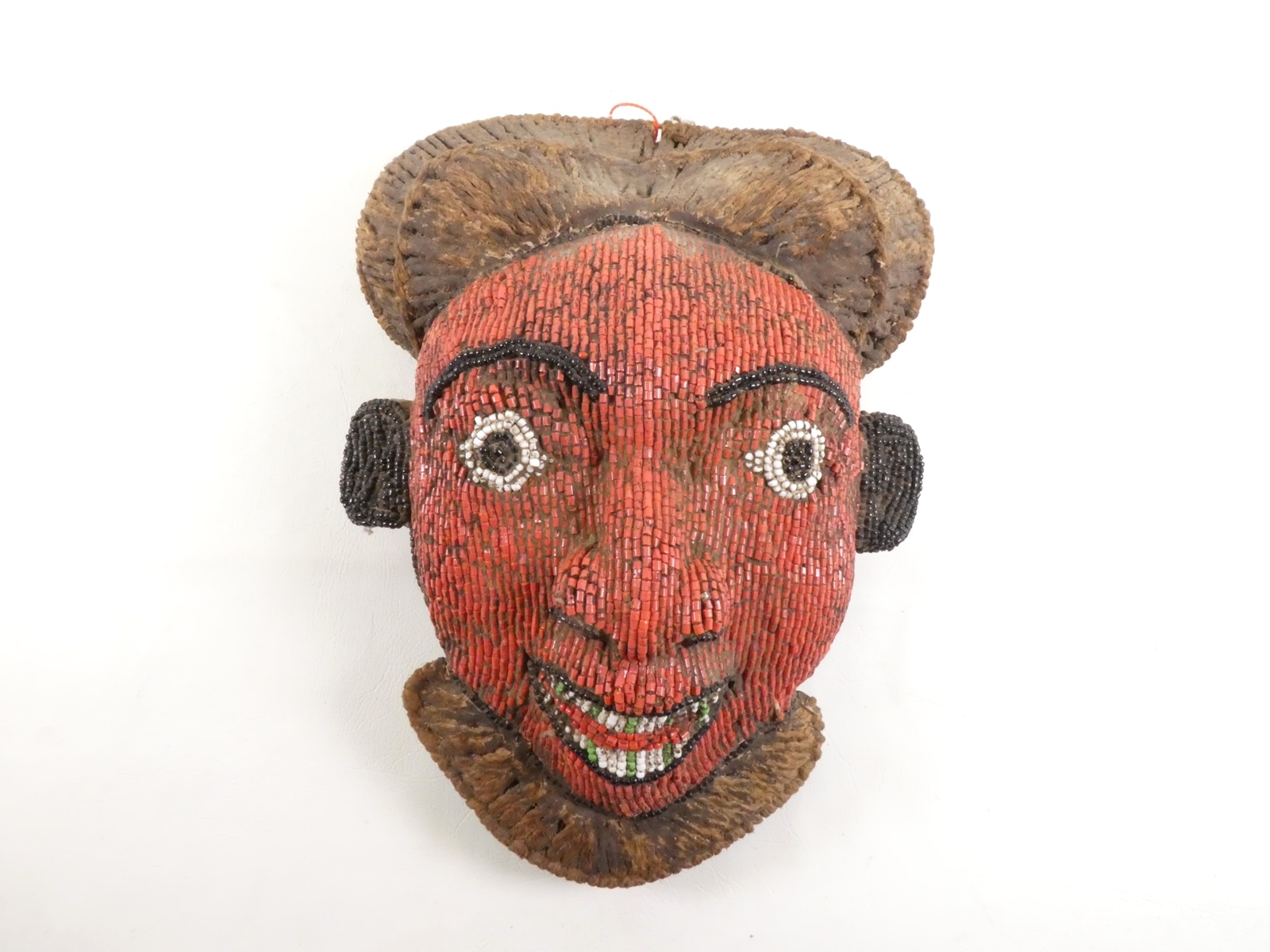

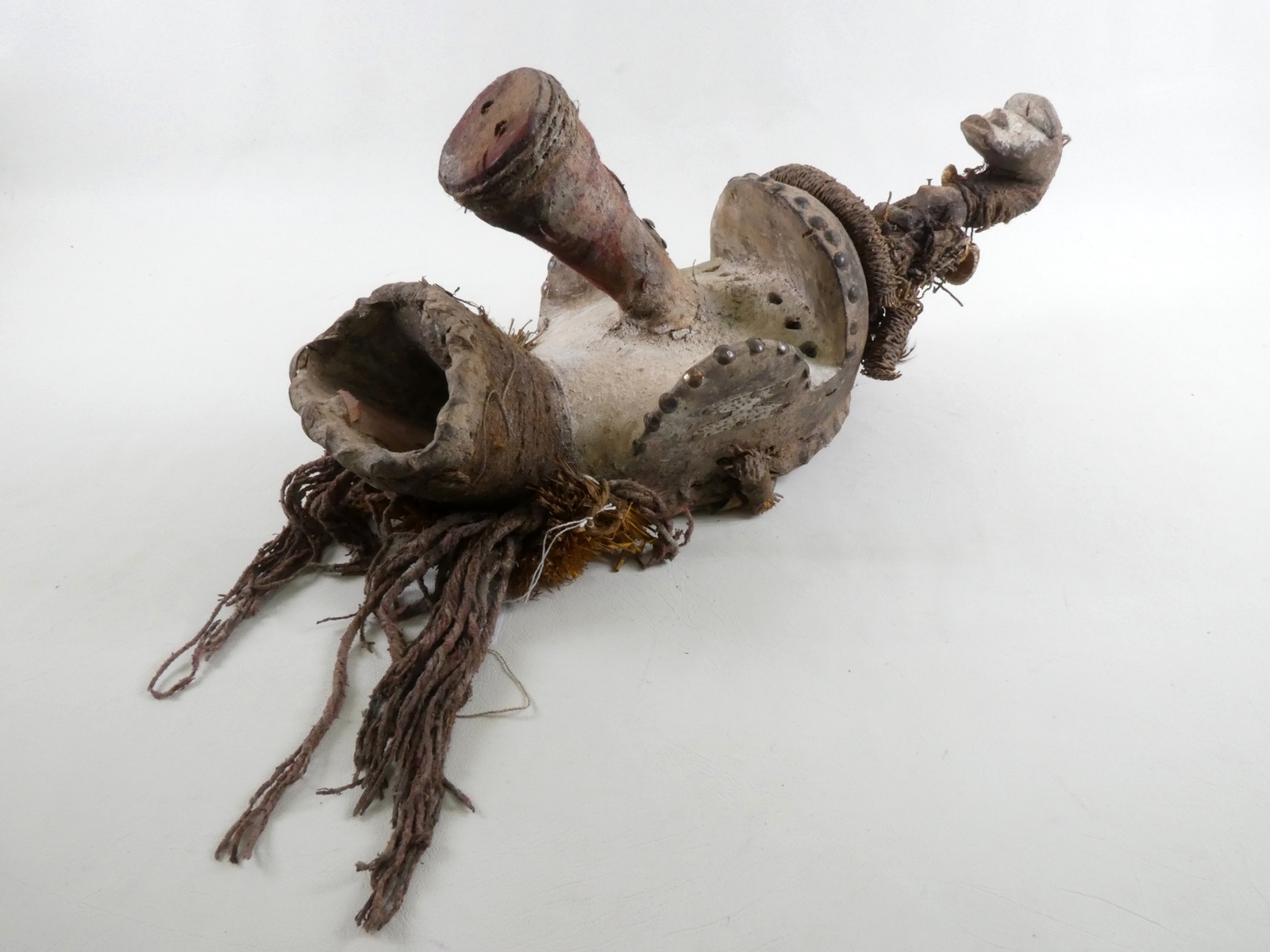
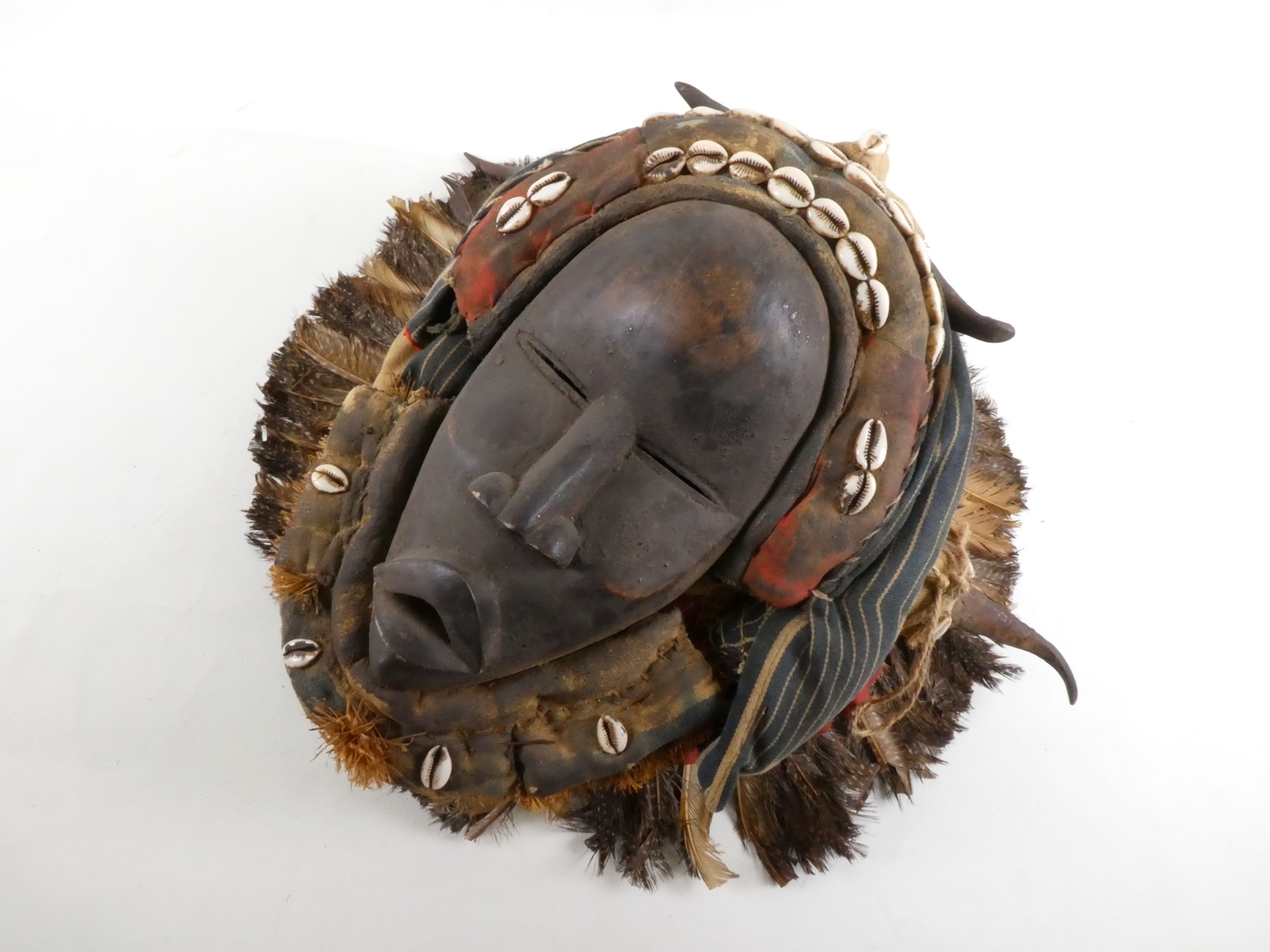
- Ife Woman / girl, Nigeria. This was collected in the 1950s by an eminent Mombasa based shipping family of Indian descent. It is representative of the realist style of Ife (royal capital) personal bust style and is thought to represent a young female court entity with an elaborate hair style. Europeans in the late 19th century needed to reexamine (prejudices) and upgrade expectations of Sub-Sahara African art once highly realistic Benin cast busts like this were displayed.
- Regal Court Officials – Ife/Benin, Nigeria. This piece shows three court officials – military class – with regalia attendant to the Oba/King. It was used as decoration in royal institutions. Made of copper alloy using a sophisticated ‘lost wax’ casting technique highly developed in the Benin culture by the Edo people. Highly skilled artisans were trained from a very early age to produce these; each piece takes hundreds of hours to produce.
- Tji Wara Head dress, Segou/Bambara, Mali. This is a large example of a Bamana headdress of an antelope carrying a young one on her back. The Tji-Wara society practitioners wear these headdresses during dances at harvest time, initiation to adulthood and at the critical beginning of the rainy season to encourage (& aid farmers) invoking the antelope’s agricultural skill and sexual potency. The powerful & elongated upright horns suggest vigor and alertness. The curved neck symbolizes the passage of the sun across the sky and the change of seasons.
- Beaded Mask, Bamun Kingdom, Bamileke, Cameroon. The mask is used as a status symbol for important seasonal ceremonies, both public and secret, indicating the owners place, or importance in the tribal hierarchy and any elite society. Imported richly coloured beads are luxury trade items and masks are passed on within clan and family groups.
- Dan Eyeless Bugle mask, Kran, Ivory Coast/Liberian border. This only appears during pre-war ceremonies and initiations before warfare. It is used to make trouble, provoke reactions from initiates watching the ceremonies bring victory in rainforest warfare. It is very primitive in form with no carved eyes and is meant to be ‘blind’ in war. It is delicate and is made from a coastal soft wood easy to carve.
- Dan ‘Sowing &Harvest’ mask, Zwedru, (Grand Gedeh Co) Liberia adjacent to/south of Ivory Coast border. Unlike many African (and particularly Dan masks) from damp and monsoon environments this is fully adorned with feathers, cowrie shells (denoting wealth), mirrors and animal horn. These were constantly renewed by its wealthy owner because of it’s importance to him/her in village life and necessarily because of environmental degradation over time. This piece was made with the very best of local material and its’ carers were meticulous in maintaining it. It has been cleaned and cleared by AQIS.
- Nkisi nkondi, Kongo culture, Democratic Republic of Congo (Zaire). This piece was found when looking for representive art in a small market outside Kisangani. The owner described it as a previously ‘powerful figure’ aka; a ‘Power fetish’ to most Europeans. The European churches still burn them; perhaps this one was destined for the bonfire! This piece had been used by a nganga (diviner, shaman) to enlist a spirit to ensure good hunting in areas that are sadly now deforested. The same nganga ritually ‘dismissed’ this nkisi’s power (and it became a mere sculpture); but it’s ‘medicine/mooyo’ is still held sealed in the belly cavity. With each ‘request’ for assistance for good hunting, medical aid, chasing off evil spirits, recouping debts et al – the bargain with the spirit was consummated & activated by driving a nail into the body of the sculpture.
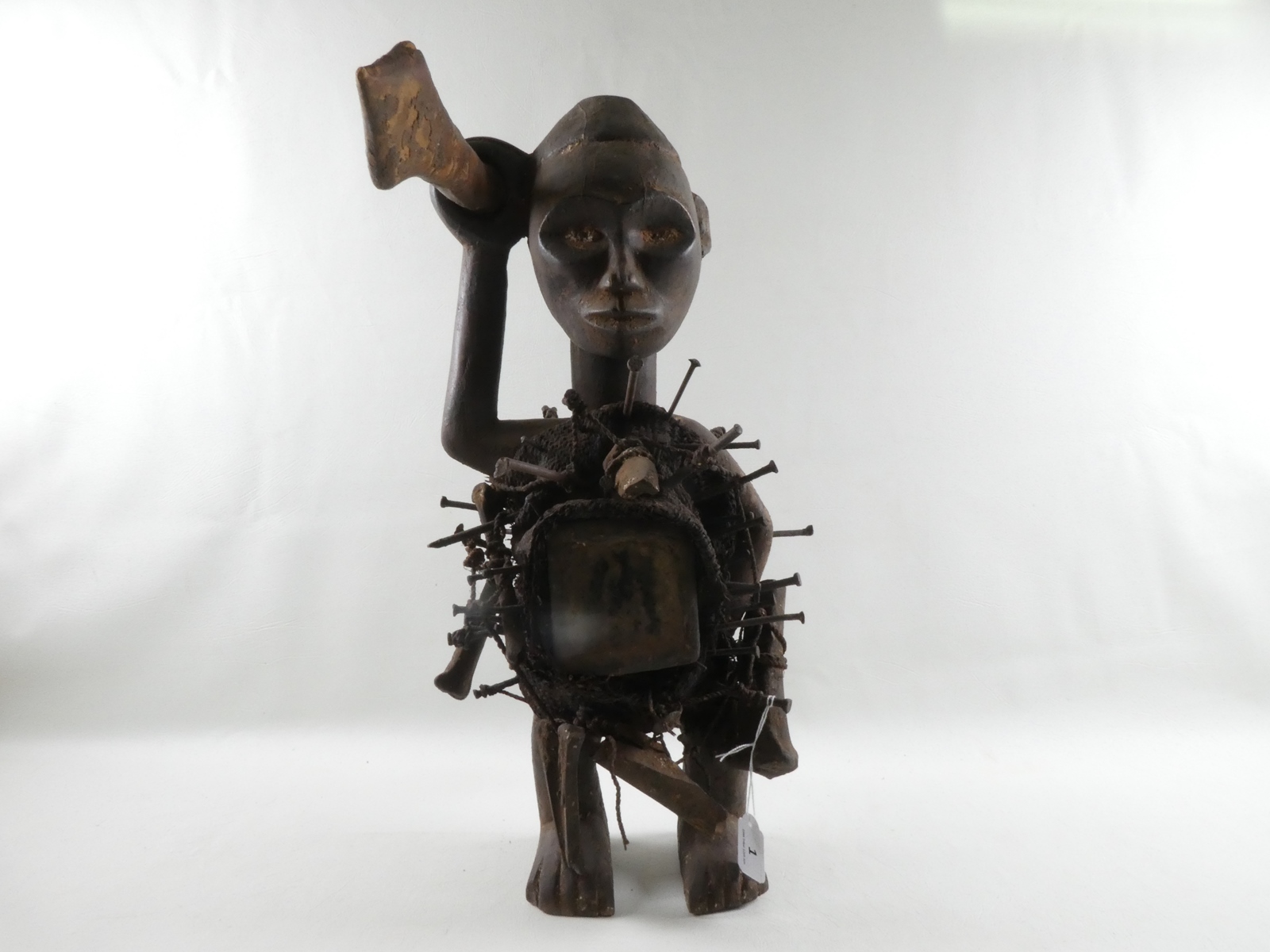
This impressive collection was paired with equally impressive Indigenous Art and took place on Wednesday, 12 June at 7pm. If you are interested in selling your collection, or want to add pieces to it, check out our upcoming Collector’s Showcase auctions by clicking here: Collectors Showcase Auction

